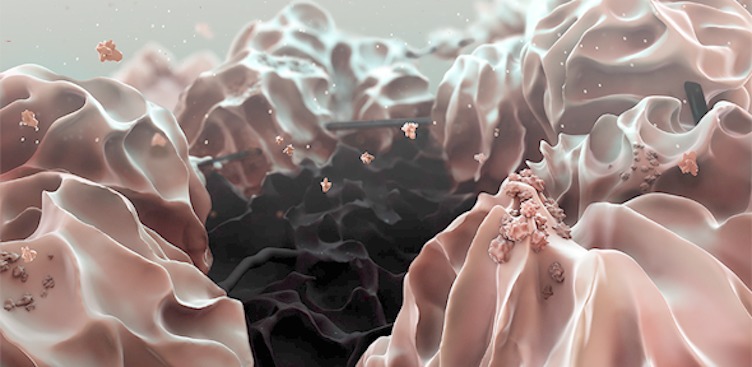
There seems to be a move to make batteries stay longer than ever. We’ve heard of numerous scientific efforts already. The most recent we featured was the work of Waterloo researchers who discovered that using silicone anode materials instead of graphite anodes allowed them to create a low-cost battery that it also lighter and more powerful. We know Samsung has started to be aggressive by introducing new batteries at this month’s InterBattery event after months of working on a new battery technology.
There was a study before that gave the idea that solid-state electrolytes could improve batteries. Of course, let’s not forget that lithium-ion battery that can be recharged by sunlight. This time, another lithium battery related study was conducted by Cambridge University researchers. They were able to make a lithium-air battery (still a laboratory model) that can be recharged over 2,000 times and has a high density.
The researchers published the paper that features their work about the possibility of lithium-air batteries replacing lithium-ions. While there’s also an effort to improve li-ion batteries, these Cambridge researchers are saying lithium-air batteries have potential to be the ‘ultimate’ battery because they are lighter and feature higher energy density. However, a market-ready lithium-air battery could still be a decade away. The researchers’ work didn’t even yield a working lithium-air batt but they found out some hindrances are now open for discussion and can be dealt with.
A lithium-air battery, just a demonstrator, was produced. It can contain power but sadly, can’t be cycled as frequently as current lithium-ion batteries. This one can cycle in pure oxygen only which makes it not so convenient. The Cambridge researchers explained, “The cells tolerate high concentrations of water, water being the dominant proton source for the LiOH.” They built the battery in such a way that the lithium hydroxide (LiOH) becomes a discharge product instead oflithium peroxide (Li2O2) when experimenting with (Li-O2 batteries).
Researchers explained that such battery was composed of the following: graphene oxide electrode, lithium metal anode, lithium iodide (LiI) additive, and a dimethoxyethane solvent. The result: lithium hydroxide was formed and removed during charge and discharge.
Cambridge Department of Chemistry’s Professor Clare Grey said:
“What we’ve achieved is a significant advance for this technology and suggests whole new areas for research – we haven’t solved all the problems inherent to this chemistry, but our results do show routes forward towards a practical device.”
Grey further said, “While there are still plenty of fundamental studies that remain to be done, to iron out some of the mechanistic details, the current results are extremely exciting – we are still very much at the development stage, but we’ve shown that there are solutions to some of the tough problems associated with this technology.”
The lithium-ion battery used as standard today is almost 25 years old. The technology can still be improved but a new battery technology is more than welcome. The concept of lithium-air rechargeable battery is a great idea but scientists and researchers lobbying for this one must hurry. You know how everything in the tech business can be predicted, conceptualized, manufactured, rejected, and then forgotten. In this rapidly developing world, nothing is impossible now. You just have to be quicker than quick to thrive in whatever business you’re in.
And this lithium-air battery? We’d better see the technology as soon as possible. A decade of waiting as the researchers mentioned is such a long time.
VIA: Ars Technica
SOURCE: University of Cambridge










like Cindy implied I am stunned that any body can make $5241 in one month on the computer. try this website on `my` `prof1le`
!qqqqqqqqqq